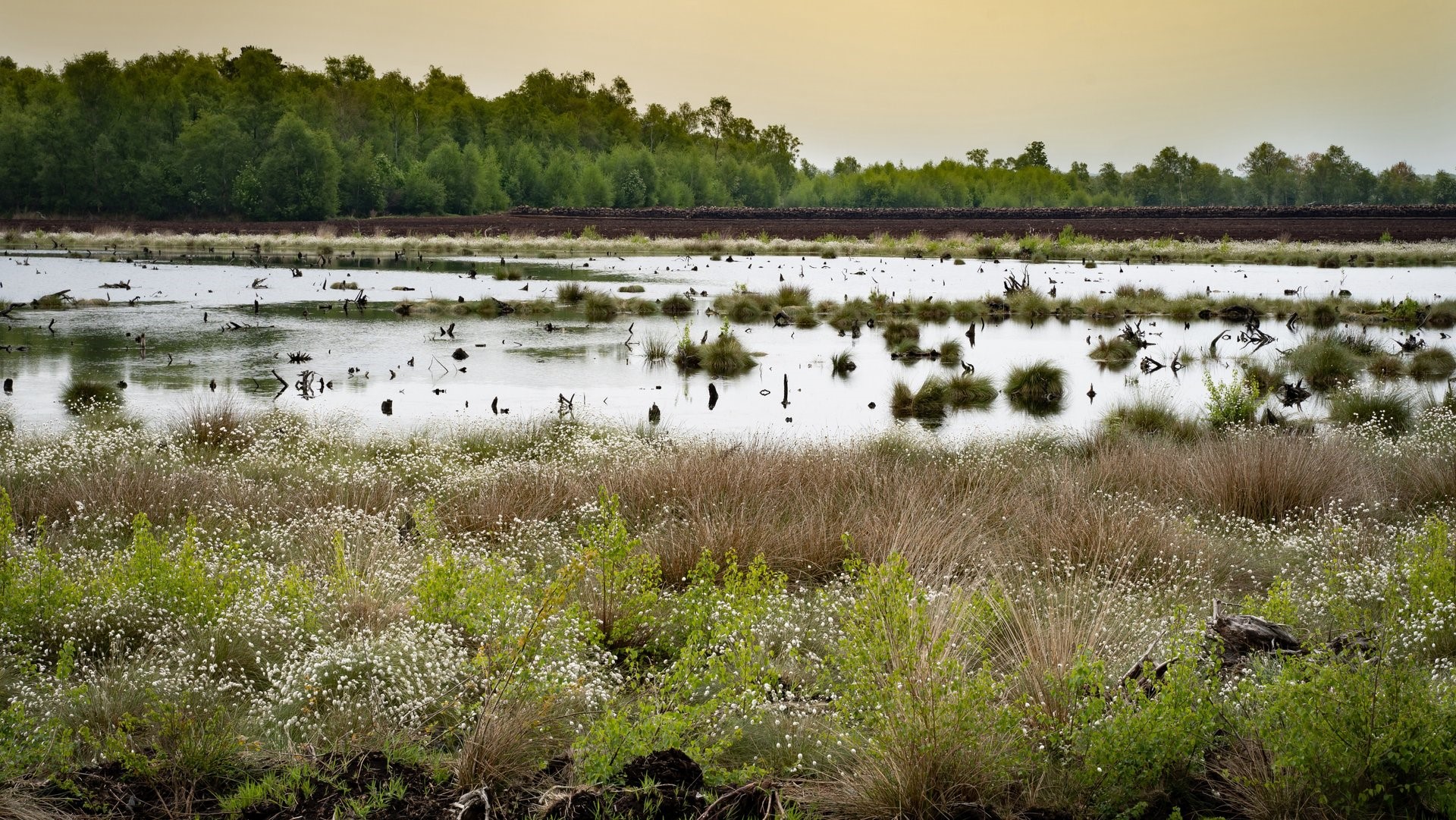
Peatland Monitoring for Climate Protection
As important carbon stores, peat soils must be protected in the future, and drained peatlands must be re-wetted. To enable their continued agricultural use, novel wireless sensors with underground radio communication are to be researched and developed. These sensors aim to monitor both the CO₂ emissions from peatlands and the nitrate pollution of groundwater in agriculturally used soils, allowing efficient measures to protect the environment and health to be derived based on the measured values.
Technical Implementation
An innovative LPWAN (Low Power Wide Area Network) technology is being used, which allows measurement data from many sensors to be sent simultaneously over long distances with minimal power. The sensors are designed to remain in the soil at depths of up to 40 cm for decades. Special emphasis is placed on developing novel antenna concepts that ensure reliable communication under the demanding conditions in the soil.
Benefits of the Project
Peatlands play a crucial role in climate protection because, in their natural state, they store more carbon than all the world's forests combined. Re-wetting peatlands is therefore essential to reduce greenhouse gas emissions. The project enables the regulation of water levels in peatlands so that they can continue to be used agriculturally while ensuring climate protection through the binding of carbon in the peat body. By monitoring the nitrate content in the soil, the use of fertilizers can also be optimized and groundwater pollution reduced, resulting in a direct benefit for sustainable agriculture and environmental protection.
Project Group
In the COMSENS+ project (Communication Sensors for Sustainable Environments), Ilmenau-based Kompass GmbH, together with the Department of Reliable Machine-to-Machine Communication at the Technical University of Ilmenau, is researching this new innovative approach for wireless data transmission of sensor networks realizing environmental monitoring.
Funding
The project is being carried out with other research institutions within the framework of the InSignA (Intelligent Signal Analysis and Assistance Systems) Competence Center. The project is funded by the Free State of Thuringia from funds of the European Regional Development Fund (ERDF) for a period of three years.

Partners
The project is supported by additional research institutions and organizations:
- Leistungszentrum InSignA (Intelligente Signalanalyse- und Assistenzsysteme)
- UFZ Leipzig (Department Monitoring- und Erkundungstechnologien)
- Landschaftspflegeverband Thüringer Wald e.V., NATURA 2000
